Years back, on a shoot at Canterbury Shaker Village in New Hampshire (see In the Dwelling House: 16 Design Ideas to Steal from the Shakers), the docent leading photographer Erin Little and me through the buildings pointed to a bank of glass windows.
The Shakers had many ways of making their interiors feel brighter and warmer through long, dark winters, she explained. Painting millwork in shades of sunny yellow or marigold was one. Another was slipping interior windows into walls, a way to carry light from room to room. The Shakers called it, she said, “borrowed light.”
The phrase has stuck with me ever since, and when we noticed an uptick in interior windows in projects all over, it seemed fitting: an intentional way of bringing in the light on dim days.
Take a look at a few favorite examples.




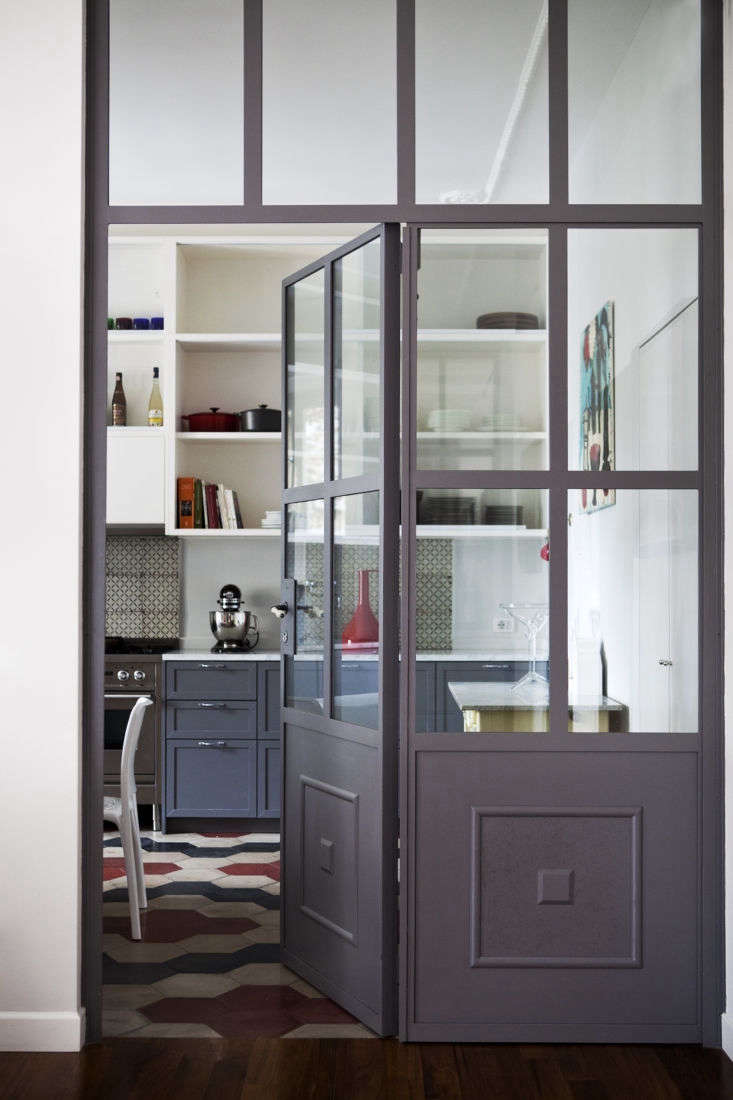

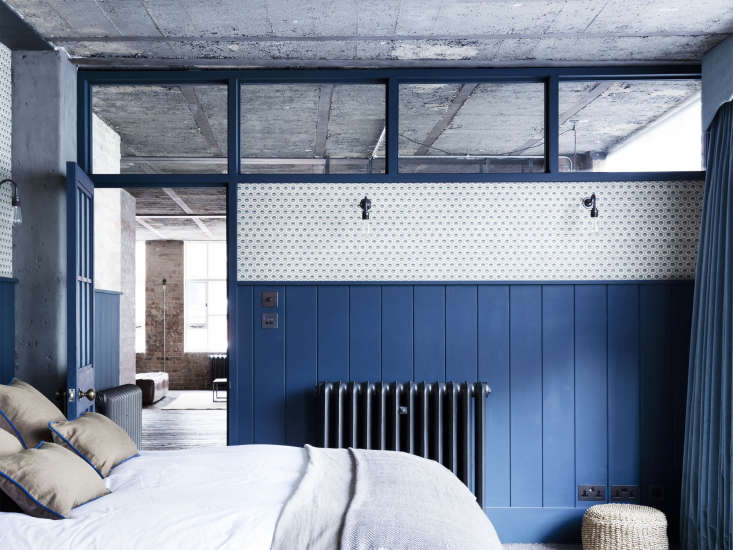





For more trends we’re tracking of late, take a look at:
- Trend Alert: The Return of the Ruffle
- Trend Alert: Hand-Painted Details All Over
- Trend Alert: Tiger Beat, Chinese New Year Edition
N.B.: Featured photograph by Serena Eller, courtesy of Mondadori and Studio Strato, from Roma: An Artful Twentieth-Century House in Italy in an Of-the-Moment Palette.
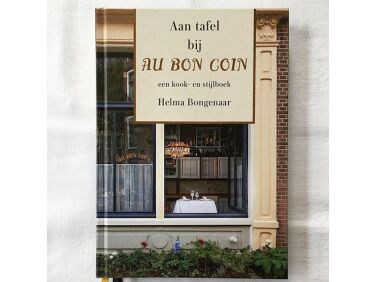

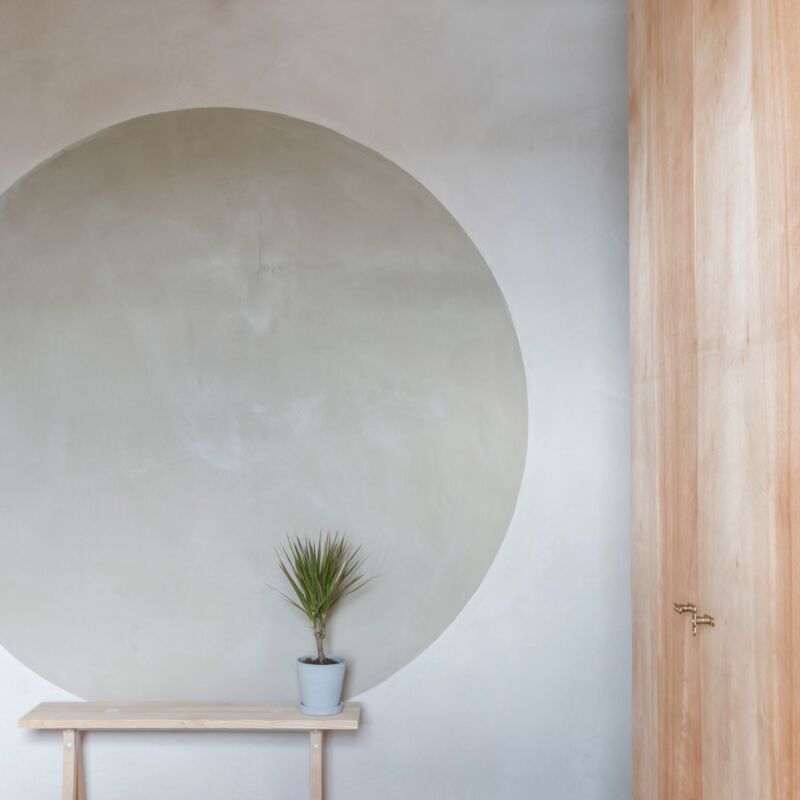
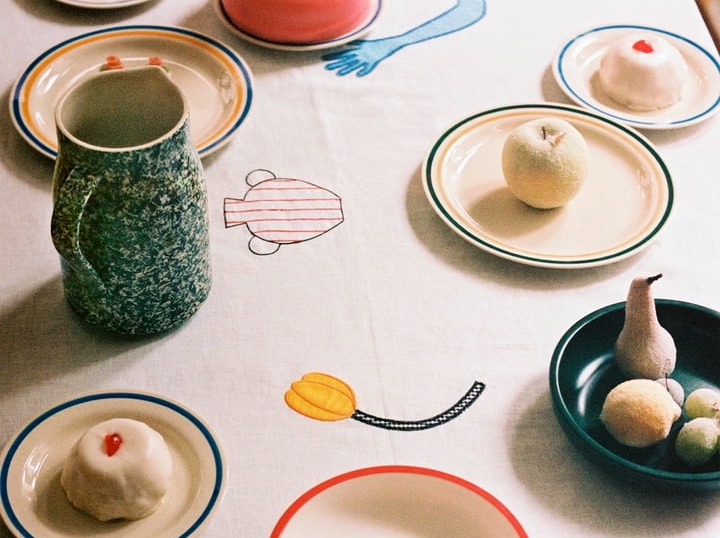

Have a Question or Comment About This Post?
Join the conversation (4)